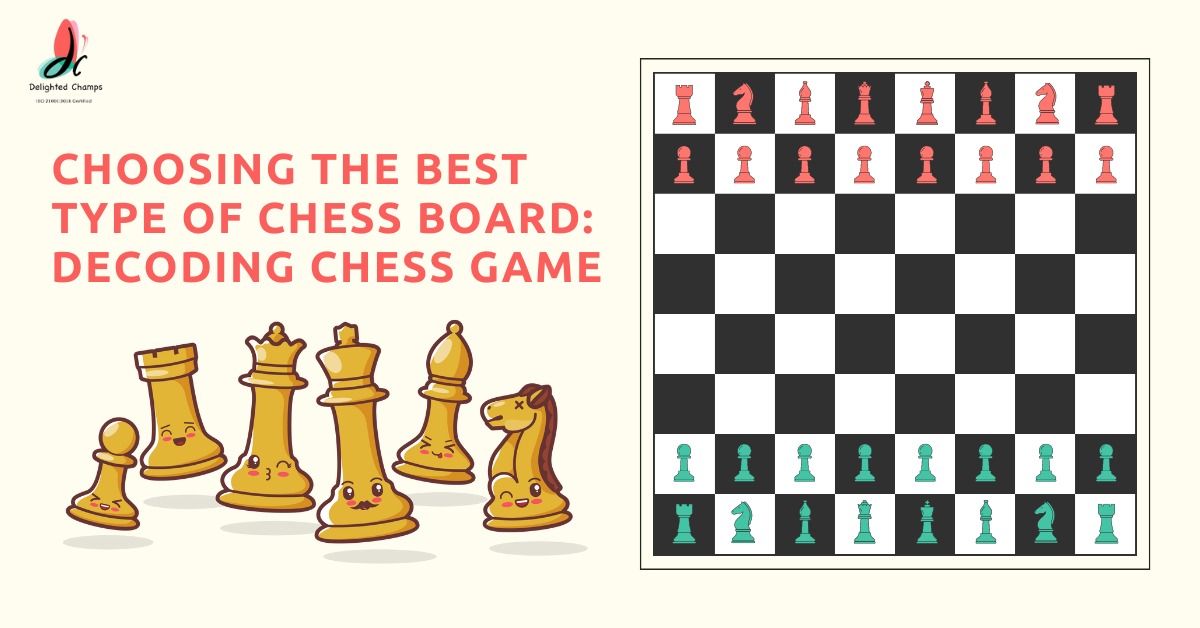Chess is an intellectual game that has been known to Sharpen your mind, and boost your focus with its surprising twists. But before you start your own chess journey, you’ll need the battlefield: the chessboard.
This seemingly simple checkered surface holds the key to countless tactical moves and brilliant checkmates.
In this blog, we’ll delve into the world of chessboards, exploring their variations, functionalities, and how to choose the perfect one for your needs.
1. What is a Chessboard?
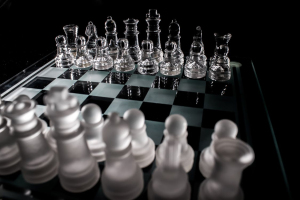
A chessboard is a square board divided into an 8×8 grid of 64 squares of alternating colors (usually light and dark). Each player has a set of 16 pieces at the start of the game, typically comprising one king, one queen, two rooks, two knights, two bishops, and eight pawns. The objective of the game is to checkmate the opponent’s king, which means putting the king into a position where it cannot escape capture.
1.1 Here are some common types:
- Standard Chess (2 players):
- This is the most widely recognized form of chess played by two players.
- Each player controls one set of pieces and plays against the other player’s set.
- Four-Player Chess:
- This variant involves four players, each controlling a set of pieces positioned on opposite sides of the board.
- Three-Player Chess:
- In three-player chess, each player controls a set of pieces, and the board is modified to accommodate three players.
- The board layout and rules may differ slightly from standard chess to accommodate the third player.
- Circular Chess:
- In circular chess, the board is circular instead of square, and the pieces move in circular paths.
- This variant introduces a unique dynamic to the game with different strategies and tactics.
These are just a few examples of chess variants based on the number of players and board configurations. Each variant may have its own set of rules and strategies, offering diverse gameplay experiences for chess enthusiasts.
2. What are the piece names in chess?
As mentioned earlier, there are six types of chess pieces, each with a distinct movement pattern:
- Pawns: The most numerous pieces, pawns move one square forward (two on their first move) and capture diagonally.
- Rooks: Powerful pieces that move horizontally or vertically across any number of empty squares.
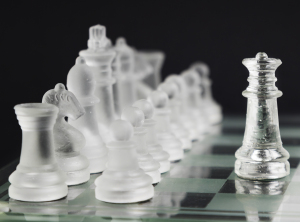
- Knights: Unique movers, knights leapfrog over intervening pieces in an “L” shape, covering two squares and then one at a right angle.
- Bishops: Diagonal movers confined to their color (light squares or dark squares) and can travel any number of empty squares along those diagonals.
- Queen: The most potent piece, combining the unrestricted movement of both rooks and bishops.
- King: The most vital piece, the king moves one square in any direction. Checkmating the opponent’s king is the ultimate goal of the game.
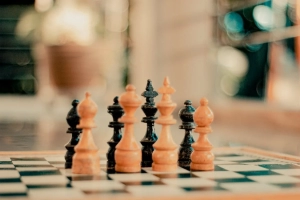
2.1 Why is chess played on an 8x8 board?
The exact origins of the 8×8 chessboard remains hidden in history. However, the size provides a perfect balance:
- Complexity: An 8×8 board creates enough space for strategic maneuvering and tactical opportunities without becoming unwieldy.
- Balance: The even number of squares allows for equal starting positions for both players, ensuring fairness.
- Tradition: The 8×8 board has become the standard throughout centuries of chess evolution, fostering a sense of continuity and shared experience for players worldwide.
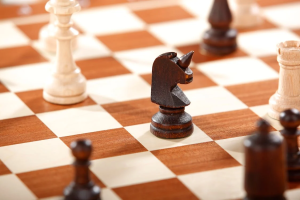
2.2 Does the size of the chessboard affect the game?
While the official tournament standard is an 8×8 board, variations exist. Larger boards can accommodate additional pieces or introduce new movement patterns, creating unique challenges. However, these variations are generally for experienced players or casual enjoyment.
3. What are the names of the squares on a chessboard?
Chess Boards don’t have individual names for each square. Instead, they are identified using a coordinate system that combines a letter (a-h) for the file (vertical column) and a number (1-8) for the rank (horizontal row). For instance, e4 refers to the central light square on the fourth rank from the white player’s perspective.
4. What is the best type of chessboard?
The ideal chessboard depends on your individual needs and preferences. Here are some factors to consider:
- Material: Wood is the classic choice for its durability and aesthetics. However, plastic or vinyl boards offer portability and affordability.
- Folding boards: Perfect for travel or casual play.
- Tournament-sized boards: Standard for serious players, offering a spacious playing experience.
- Weighted pieces: Provide a more luxurious feel and prevent accidental tipping.
- Electronic boards: Connect to computers for analysis or online play.
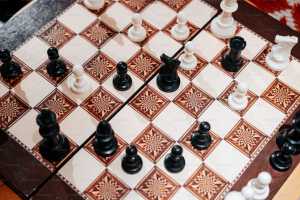
Choosing the best chessboard is the first step on your journey to mastering the game. With its rich history and strategic depth, chess offers a lifetime of challenges and rewards. So, grab your board, pick up your pieces, and get ready to decode the captivating world of chess!
As you embark on this exciting endeavor, we invite you to explore our Online Chess Course at Delighted Champs. Our course is designed to provide comprehensive guidance and training to players of all levels, from beginners to advanced enthusiasts.


